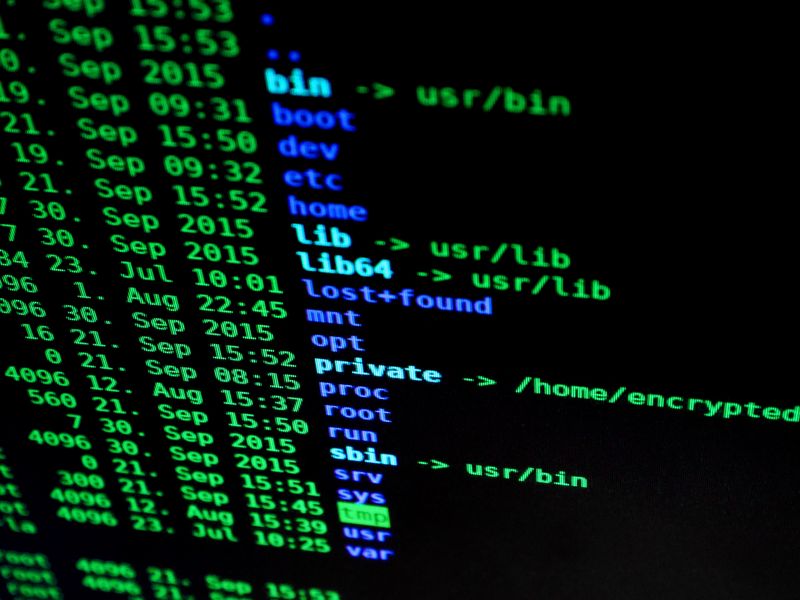NIST Releases First Draft Standards for Quantum-Resistant Cryptography
Introduction
The National Institute for Standards and Technology (NIST) has published the first draft standards for quantum-resistant public key cryptography. The release of these draft standards marks an important milestone in NIST‘s efforts to address the potential threat of quantum computers to break existing encryption methods. The publication of these standards opens a period of 90 days for public comment before finalization.
The Selected Algorithms
NIST has chosen four algorithms for the draft standards, three of which have already been published. The first three algorithms are known as Crystals-Kyber, Crystals-Dilithium, and Sphynx+. These algorithms will be respectively named ML-KEM, ML-DSA, and SLH-DSA. The fourth algorithm, Falcon, which requires more complex computation, will be published under the name NL-DSA early next year.
Implications for Internet Security
The release of these draft standards sets the stage for the Internet Engineering Task Force (IETF) to focus on interoperability. Engineers can now begin working on prototypes of various capabilities, such as secure email and the implementation of TLS, based on these cryptographic algorithms. Interoperability is a critical aspect of asymmetric cryptography, as it ensures that different implementations of the protocols can work correctly with each other. Stakeholders will gather for hackathons to test each other’s implementations of the draft standards and identify any ambiguities or interoperability issues.
Addressing Interoperability Challenges
Ensuring interoperability among various implementations of quantum-resistant cryptographic algorithms can be complex due to the different parameters and key lengths involved. Stakeholders, including PKI providers like DigiCert and Keyfactor, are collaborating to test and validate their implementations. The call for additional digital signature proposals by NIST indicates a broader effort to enhance the security and efficiency of post-quantum cryptographic systems.
Quantum Computing: The Future Threat?
The emergence of quantum computers has raised concerns about the security of current encryption methods. Quantum computing, with its ability to process vast amounts of data simultaneously, could potentially break existing encryption algorithms. However, the timeline for the commercial viability of quantum computers remains uncertain. While some experts believe quantum computing capability could surface within the next decade, skeptics like Adi Shamir, a renowned cryptographer, suggest it could take 30 or more years for a usable quantum system to become a threat to cryptography.
Implications for Encryption
Despite the uncertainty surrounding the timeline of quantum computing’s threat, it is widely recognized that existing encryption algorithms, such as RSA and elliptic curves, may become decryptable in the future. To address this concern, NIST and the National Security Agency (NSA) have taken proactive measures by releasing draft standards for quantum-resistant cryptography and requiring government agencies to migrate to these new algorithms by 2035. The Quantum Computing Cybersecurity Preparedness Act, signed into law by President Joe Biden, further emphasizes the urgency of preparing for the future impact of quantum computing on encryption.
Editorial: Navigating the Quantum Revolution
The release of draft standards for quantum-resistant cryptography is a significant step by NIST in preparing for a potential quantum computing revolution. While there is still uncertainty regarding the timeline and capabilities of quantum computers, it is crucial for institutions and governments to be proactive in addressing this future threat.
Post-quantum cryptographic algorithms offer a promising solution to safeguarding secure communication and digital transactions in the era of quantum computing. However, the transition to these new algorithms will require careful planning, collaboration, and interoperability testing among various stakeholders. The public comment period on the draft standards provides an opportunity for industry experts and researchers to offer valuable insights and suggestions for improvement.
It is imperative for governments, organizations, and individuals alike to stay informed about the progress in quantum computing and its potential implications for encryption. Maintaining a proactive approach to cybersecurity is crucial, as the impact of quantum computing on encryption could have far-reaching consequences.
Adapting to the Emerging Threat
As the threat of quantum computers looms, industry players should prioritize research, development, and implementation of quantum-resistant cryptographic solutions. Collaboration between organizations, researchers, and standards bodies is vital to ensure that these new algorithms are robust, efficient, and interoperable across different systems.
Additionally, governments must provide incentives and support for the deployment of post-quantum cryptographic systems. This includes funding research initiatives, establishing testing and certification programs, and encouraging adoption by both the public and private sectors. Collaboration between governments and technology providers is crucial to creating a secure ecosystem that can withstand the potential impact of quantum computing on encryption.
The Ethical Dimension
The development and deployment of quantum-resistant cryptographic systems also raise important ethical and philosophical questions. The quest for security should always be balanced with considerations of individual privacy, human rights, and the potential misuse of technology. It is imperative to incorporate ethical considerations into the design and implementation of these systems, ensuring that they uphold fundamental principles of fairness, transparency, and accountability.
Furthermore, the transition to quantum-resistant cryptography should not lead to complacency regarding other cybersecurity risks. It is essential to continue investing in the development and improvement of encryption algorithms, network security, and user education. Combining quantum-resistant cryptography with robust cybersecurity practices can create a multi-layered defense that protects against a wide range of threats.
Conclusion
The release of the first draft standards for quantum-resistant public key cryptography by NIST is a crucial step in preparing for the potential impact of quantum computing on encryption. The collaboration between NIST, industry experts, and stakeholders highlights the importance of proactive measures to ensure a smooth transition and maintain secure communication in the face of emerging threats. The ongoing public comment period, testing, and collaboration among various players in the industry will refine and enhance these standards before their finalization.
While the timeline and capabilities of quantum computers remain uncertain, it is essential for governments, organizations, and individuals to remain vigilant and adapt to the evolving threat landscape. Proactive investments in research, development, and collaboration are necessary to navigate the quantum revolution and ensure the security of our digital infrastructure.

<< photo by BROTHER LONG Foto 🏕️📸 >>
The image is for illustrative purposes only and does not depict the actual situation.
You might want to read !
- Cypago Secures $13 Million Funding to Revolutionize GRC Automation
- Unlocking Enhanced Security: Google Workspace Introduces Cutting-Edge AI-Powered Controls
- Federal Contractor Vulnerability Disclosure: Strengthening Cybersecurity Safeguards in Government Partnerships
- Navigating the Quantum Frontier: US Government Releases Key Guidance on Post-Quantum Cryptography Migration




